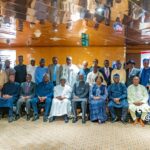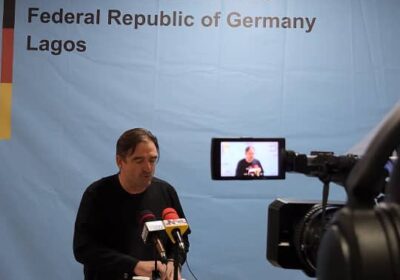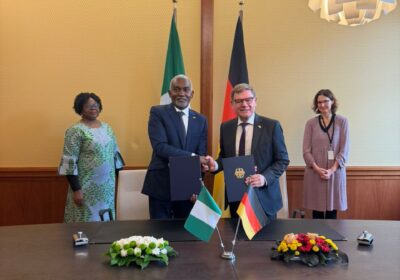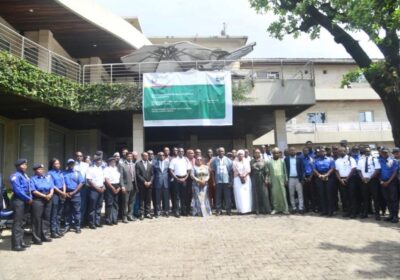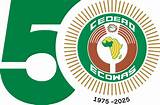SKY DEAL: AFRICA MAKES BIG PUSH TO UNLOCK OPEN AIRSPACE-SAATM Meeting in Dakar Marks Turning Point for Continental Aviation Integration.
By Raymond Enoch.
In the heart of West Africa’s bustling capital of Dakar, a powerful coalition of aviation leaders, policymakers, and regional blocs gathered —not to theorize, but to act. Their mission: to resuscitate a dream that’s been years in the making—the Single African Air Transport Market (SAATM).
For decades, Africa’s aviation sector has remained paradoxical—immense potential shackled by limited connectivity, sky-high fares, and regulatory roadblocks. The SAATM initiative, first launched in 2018 under the African Union’s Agenda 2063, promises to break these chains by creating a single, unified airspace that allows African airlines to fly freely between participating nations.

In Dakar, it wasn’t just another policy talk shop—it was a decisive pivot toward unlocking that promise.
Africa houses over 1.4 billion people, yet accounts for just 3% of global air traffic. Travel between neighboring African countries often requires expensive, roundabout routes through Europe or the Middle East. For everyday travelers, entrepreneurs, and investors, the costs are unsustainable.
“This is no longer the time for declarations,” declared Festus Keyamo, Nigeria’s Minister of Aviation and Aerospace Development. “We must dismantle the protectionist walls and embrace open skies for the good of our economies and our people.”
SAATM’s Flight Plan: The Five Pillars from Dakar
Delegates from over 30 countries aligned on five bold priorities:
Ministers committed to aligning national regulations with SAATM principles, removing bureaucratic blocks, and allowing African airlines open access across borders.
With intra-African airfare among the highest globally, leaders emphasized liberalization to increase competition, open direct routes, and make travel more affordable for everyday citizens.
The African Civil Aviation Commission (AFCAC), the designated implementing body, will ramp up monitoring, enforce compliance, and ensure adherence to the Yamoussoukro Decision—SAATM’s legal backbone.
The public sector can’t go it alone. Dakar’s agenda focused heavily on private investment, infrastructure upgrades, and collaboration with industry players such as IATA, airline associations, and airport operators.
Harmonize with Regional Bodies
Success hinges on regional coordination. ECOWAS, UEMOA, and ACSAC all play critical roles in aligning safety, security, and regulatory frameworks for seamless air operations.
Leaders at the summit made it clear: SAATM isn’t just an aviation initiative—it’s a continental development strategy. With AfCFTA (the African Continental Free Trade Area) now live, Africa needs fast, reliable, and affordable mobility. Roads and borders aren’t enough. The sky must play its part.
“It’s not just about opening air routes—it’s about opening up opportunities,” said Eng. Eric Ntagengerwa, Head of Transport and Mobility at the African Union Commission. “Connectivity is the bloodstream of continental integration.”
From Vision to Velocity
The summit concluded with a renewed pledge: a Continental Action Plan will be rolled out, complete with implementation milestones, financing strategies, and a robust compliance tracking framework.
And for the first time, there was visible momentum—countries ready to move beyond ink and into action. With strategic backing from development partners and continental institutions, Africa’s dream of liberalized skies may be closer than ever.
The stakes are high—but so are the rewards. Full SAATM implementation is projected to generate over $1.3 billion in GDP gains and create over 155,000 jobs, all while linking more African cities than ever before.
The Dakar meeting may well be remembered as the inflection point where Africa stopped talking about aviation reform—and started flying toward it.



